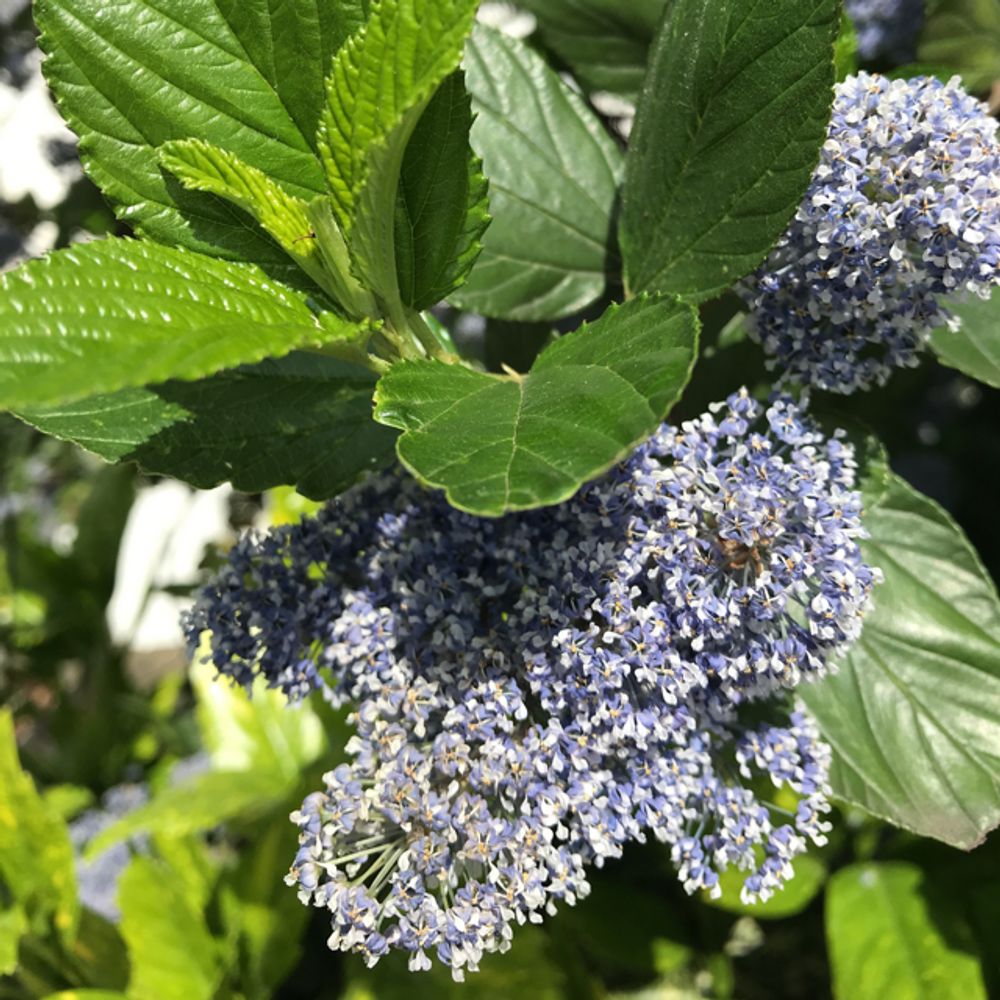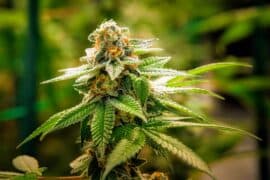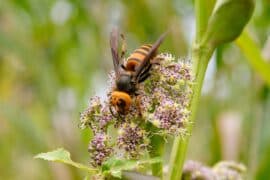Mountain hydrangea
(Hydrangea serrata)

Description
Hydrangea serrata is a species of flowering plant in the family Hydrangeaceae, commonly known as mountain hydrangea or tea of heaven. Native to the highlands of Japan and Korea, this deciduous shrub is highly prized for its stunning and long-lasting blooms, which come in a range of colors from deep blues and purples to pinks and whites. Description and Characteristics Hydrangea serrata is a slow-growing shrub that typically reaches a height of 3-5 feet and a spread of 4-6 feet. It has a dense, bushy habit with multiple stems arising from the base. The leaves are elliptical in shape and about 2-4 inches long, with a serrated edge and a dark green color that turns bronze-red in the fall. The flowers are large and showy, arranged in round clusters that can be up to 6 inches in diameter. Each cluster is composed of many individual flowers, which are either sterile or fertile. The color of the flowers depends on the pH of the soil in which the plant is grown. In acidic soil (pH 5.5 or lower), the flowers will be blue or purple. In neutral soil (pH 7.0), they will be pink. And in alkaline soil (pH 8.0 or higher), they will be white. The flowers bloom in mid to late summer and can last for several weeks. Habitat and Range Hydrangea serrata is native to the highlands of Japan and Korea. It can be found growing in forests, along streams and in mountainous areas at elevations ranging from 200 to 1800 meters. In its native range, it grows in acidic soils and is often found growing among other understory plants such as ferns, azaleas, and rhododendrons. Mountain hydrangea has been widely cultivated and introduced to other parts of the world, including North America, Europe, and Australia. It is commonly grown in gardens, parks, and as a street tree in urban areas. In these settings, it is often grown in a slightly more alkaline soil, which can affect the color of its flowers. In the United States, it is hardy in USDA zones 5-9, which covers most of the eastern and central parts of the country. Cultivation and Care Hydrangea serrata is a relatively easy plant to grow, provided that its basic needs are met. It prefers a rich, moist soil that is well-drained but not too dry. It also needs a sheltered spot that is protected from strong winds and harsh sunlight. Partial shade is ideal, as too much sun can scorch the leaves and damage the flowers. If you want to encourage blue flowers, you can add aluminum sulfate to the soil to lower its pH. This should be done in the spring before the plant begins to bloom. If you want pink flowers, you can add lime to the soil to raise its pH. This should also be done in the spring. Hydrangea serrata should be pruned in late winter or early spring, before new growth begins. You should remove any dead or diseased wood, as well as any crossing branches or shoots that are crowding the center of the plant. You can also shape the plant at this time by cutting back the tips of the branches to the desired length. Pests and Diseases Hydrangea serrata is generally not prone to serious pest or disease problems. However, it can be susceptible to powdery mildew, a fungal disease that causes a white powdery coating to appear on the leaves. This can be prevented by providing good air circulation around the plant and avoiding overhead watering. If powdery mildew does occur, you can treat it with a fungicide. Another potential problem is chlorosis, a condition in which the leaves turn yellow due to a lack of iron in the soil. This can be remedied by adding iron sulfate to the soil or by using a fertilizer that contains iron. Uses Hydrangea serrata is primarily grown for its ornamental value, as its large and showy blooms make it a popular choice for gardeners, landscapers, and florists. Its flowers come in a range of colors, including blue, pink, purple, and white, and their hue can be influenced by the pH level of the soil in which the plant is grown. Hydrangea serrata can be used as a specimen plant or in group plantings to provide color and texture to gardens, parks, and other landscapes. In Japan, mountain hydrangea has also been used as a medicinal herb. The leaves and flowers are brewed into a tea that is believed to have diuretic and anti-inflammatory properties. The tea is also said to help relieve coughs and colds. However, it is important to note that the use of Hydrangea serrata for medicinal purposes should be done under the guidance of a qualified healthcare professional. In addition, Hydrangea serrata has cultural and historical significance in Japan, where it is sometimes referred to as "tea of heaven" and has been cultivated for centuries. It is also used in traditional Japanese art, including ikebana (flower arrangement) and ukiyo-e (woodblock prints). Conservation Status The conservation status of Hydrangea serrata is currently not considered threatened or endangered, as it is a relatively common species in its native range and is widely cultivated around the world. However, as with many plant species, habitat destruction and fragmentation due to urbanization, agriculture, and logging could pose a threat to the long-term survival of wild populations. Therefore, it is important to monitor the species and its habitat to ensure its conservation in the future. Additionally, efforts to prevent the introduction of invasive species that could outcompete or hybridize with Hydrangea serrata should also be undertaken.
Taxonomic tree:







